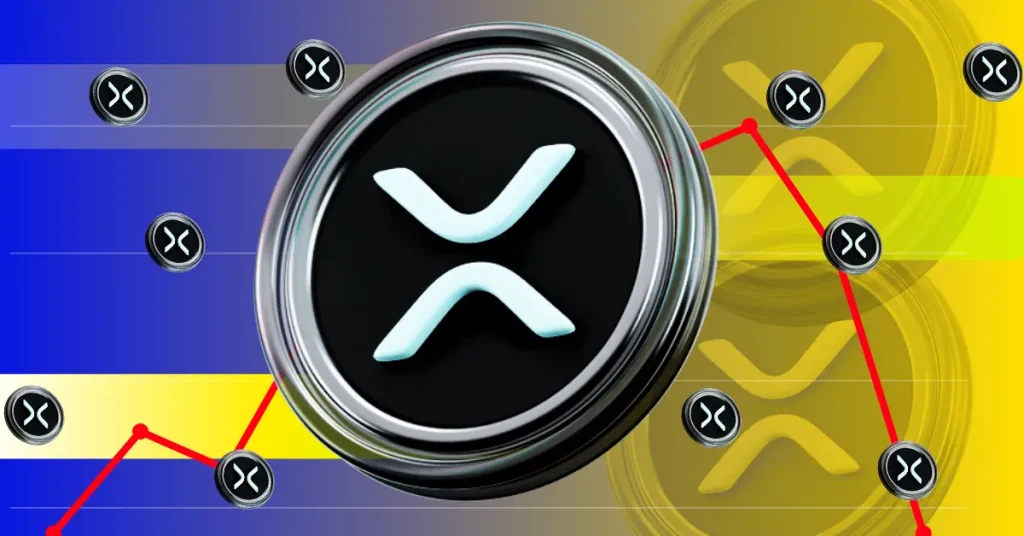The post EU’s MiCA Crypto Rules: Will the December Deadline Disrupt Stablecoins? appeared first on Coinpedia Fintech News
The European Union’s new cryptocurrency regulations, known as MiCA (Markets in Crypto-Assets), are set to take effect by the end of the year. These rules aim to create a unified framework for crypto operations across Europe. However, many countries are behind in updating their local laws, raising concerns about disruptions—especially for stablecoins.
Let’s explore the challenges and their impact on the crypto market.
Nations Falling Behind
Countries like Belgium, Italy, Poland, Portugal, Luxembourg, and Romania haven’t yet adjusted their laws to align with MiCA. This delay puts crypto businesses in these regions at risk of missing the December deadline, which could slow down the rollout of the EU-wide regulations.
In Poland, the proposed legislation is stuck in committee. Portugal is debating how to divide responsibilities between regulators. Belgium is waiting on political decisions, while Ireland’s Central Bank has started processing applications but warns the process will take time. Similarly, Malta, Italy, Cyprus, and Lithuania face delays, with Malta needing to update its crypto laws to meet MiCA’s requirements.
A Unified Vision for Crypto Regulation
MiCA’s goal is to create consistent rules for crypto service providers, such as exchanges, custodians, and wallet operators, across the EU. To continue operating, businesses must secure licenses from their national regulators. However, many regulators are struggling to process these applications in time, creating uncertainty as the deadline approaches.
The implementation is split into two phases. The first phase began in June and required stablecoin issuers to obtain authorization. The second phase, with a December deadline, focuses on licensing crypto service providers like exchanges and wallet providers.
Industry Calls for More Time
Crypto industry groups are asking for an extension to the December deadline, arguing that the short time frame between the finalization of technical standards in October and the compliance deadline isn’t enough. They propose a six-month extension to help regulators manage the flood of applications and prevent disruptions to crypto businesses.
.article-inside-link {
margin-left: 0 !important;
border: 1px solid #0052CC4D;
border-left: 0;
border-right: 0;
padding: 10px 0;
text-align: left;
}
.entry ul.article-inside-link li {
font-size: 14px;
line-height: 21px;
font-weight: 600;
list-style-type: none;
margin-bottom: 0;
display: inline-block;
}
.entry ul.article-inside-link li:last-child {
display: none;
}
The European Securities and Markets Authority (ESMA) is set to meet on December 11 to review the situation. While updated guidance may be provided, no official delay has been confirmed. If the deadline remains, some firms may need to pause operations in the EU.
For individual users, the immediate impact is expected to be minimal, but these adjustments are part of the growing pains in the evolving crypto space.
A Big Threat to Stablecoins?
Under MiCA, stablecoins face strict rules designed to limit their volume and prevent them from competing with the Euro. Since many stablecoins are pegged to the USD, these regulations could significantly impact their use in Europe. Starting in December, stablecoin issuers will need e-money licenses from at least one EU country.
While larger players like Circle are already meeting these requirements, smaller issuers may struggle. These changes could set a precedent for stricter rules on other tokens seen as not sufficiently decentralized, signaling more oversight for the crypto industry in the future.
.article_register_shortcode {
padding: 18px 24px;
border-radius: 8px;
display: flex;
align-items: center;
margin: 6px 0 22px;
border: 1px solid #0052CC4D;
background: linear-gradient(90deg, rgba(255, 255, 255, 0.1) 0%, rgba(0, 82, 204, 0.1) 100%);
}
.article_register_shortcode .media-body h5 {
color: #000000;
font-weight: 600;
font-size: 20px;
line-height: 22px;
}
.article_register_shortcode .media-body h5 span {
color: #0052CC;
}
.article_register_shortcode .media-body p {
font-weight: 400;
font-size: 14px;
line-height: 22px;
color: #171717B2;
margin-top: 4px;
}
.article_register_shortcode .media-body{
padding-right: 14px;
}
.article_register_shortcode .media-button a {
float: right;
}
.article_register_shortcode .primary-button img{
vertical-align: middle;
}
@media (min-width: 581px) and (max-width: 991px) {
.article_register_shortcode .media-body p {
margin-bottom: 0;
}
}
@media (max-width: 580px) {
.article_register_shortcode {
display: block;
padding: 20px;
}
.article_register_shortcode img {
max-width: 50px;
}
.article_register_shortcode .media-body h5 {
font-size: 16px;
}
.article_register_shortcode .media-body {
margin-left: 0px;
}
.article_register_shortcode .media-body p {
font-size: 13px;
line-height: 20px;
margin-top: 6px;
margin-bottom: 14px;
}
.article_register_shortcode .media-button a {
float: unset;
}
.article_register_shortcode .secondary-button {
margin-bottom: 0;
}
}
Never Miss a Beat in the Crypto World!
Stay ahead with breaking news, expert analysis, and real-time updates on the latest trends in Bitcoin, altcoins, DeFi, NFTs, and more.




 (@MetaMan_X)
(@MetaMan_X) 











